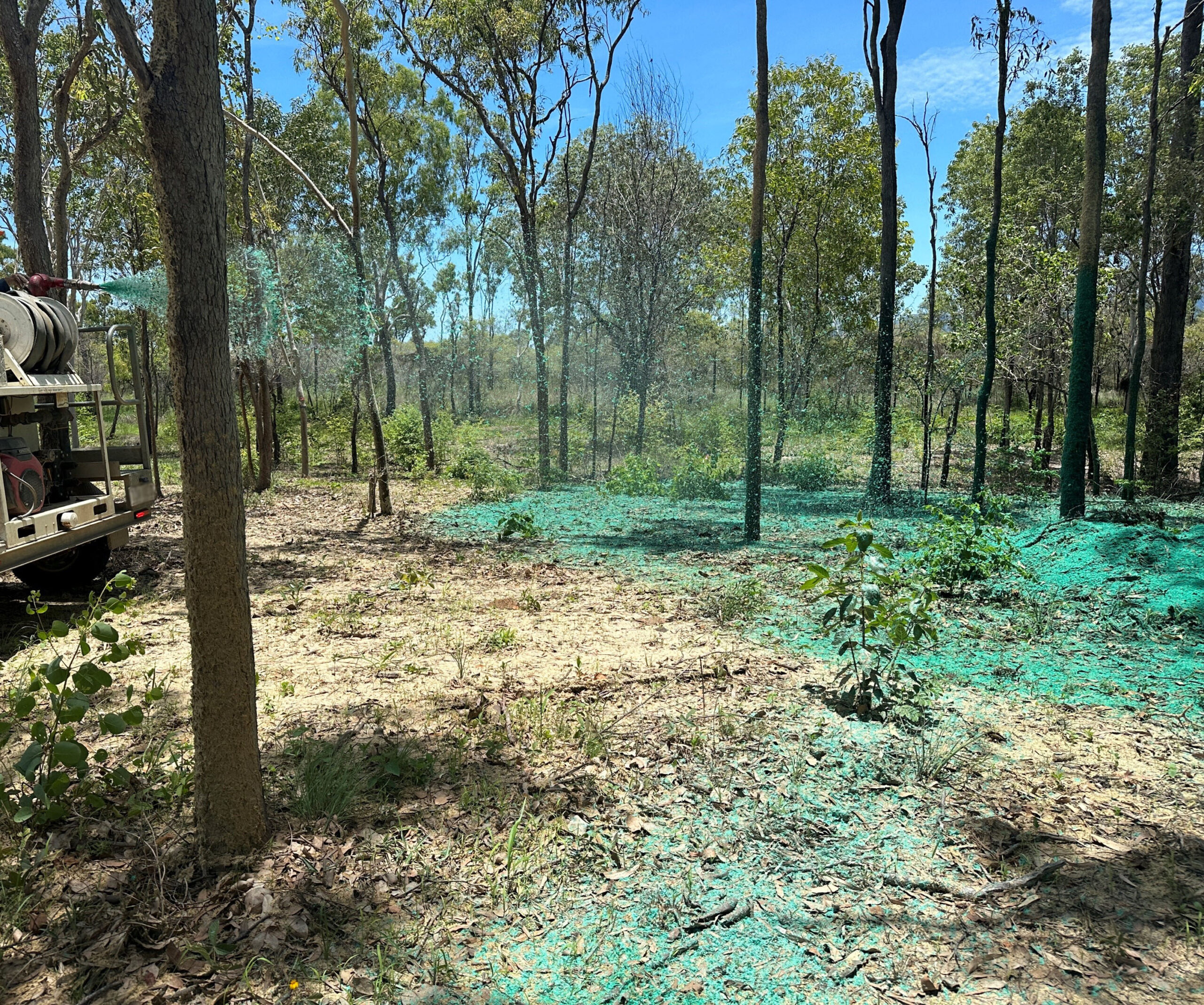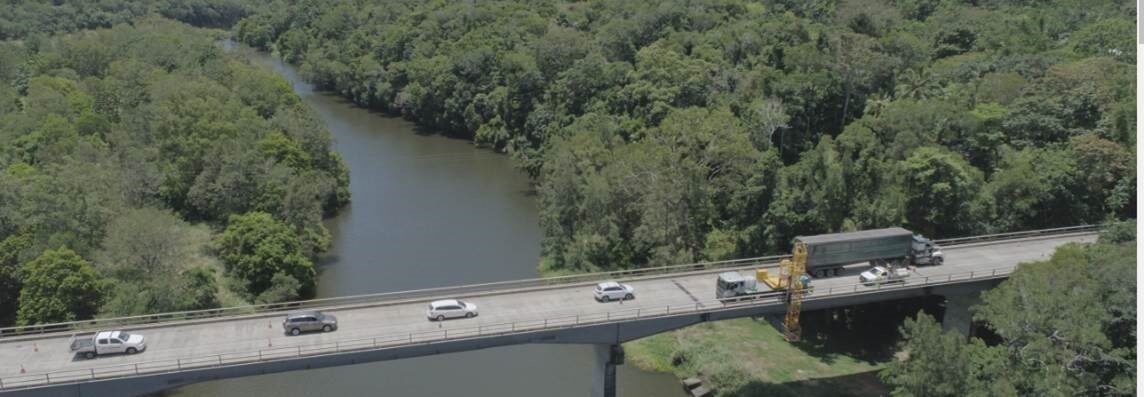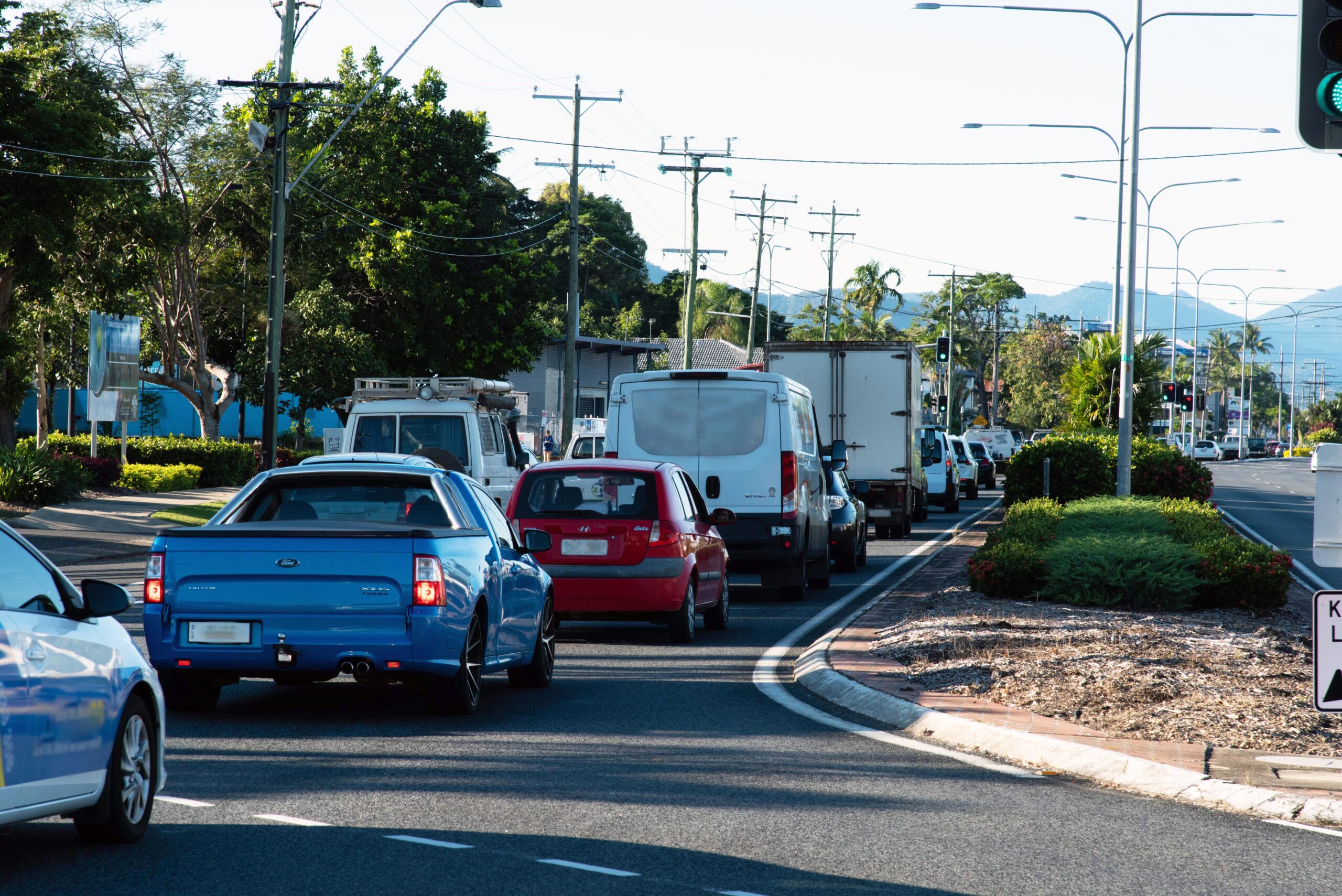Overview
The Townsville Ring Road Stage 5 (TRR5) project will deliver improved road safety, efficiency and travel time reliability for freight and passenger vehicles on the Bruce Highway in Townsville. The project forms part of a larger 36-kilometre section of highway known locally as the Ring Road with the TRR5 project being the final component of an upgrade program which began in 2003.
The project will duplicate the only remaining 2-lane section of the Townsville Ring Road between Vickers Bridge and Shaw Road. The 6km project will also include construction of an interchange at Beck Drive, with new on and off-ramps to provide access for all directions of travel.
In addition to improving road safety and traffic efficiency, the project will improve local connectivity to important employment centres and essential services in Townsville, including Lavarack Barracks, James Cook University and Townsville University Hospital.
The project includes the construction of 6 major structures, significant upgrades to ITS and PUP infrastructure and safety improvements such as emergency services U-turn facilities, upgraded crash barriers, five (5) new VMS gantries and over 3.5 kilometres of new shared pathways.
Details
The project is being delivered as a Design & Construct (D&C) project by Georgiou Group and design partner AECOM on behalf of the Queensland Department of Transport and Main Road’s Northern District. The Detailed Design phase commenced in 2020, with construction commencing mid-2021 and reaching practical completion in October 2023.
Rating Highlights
The project faced many challenges in delivering a major infrastructure project in a regional area, such as local supply chain availability, attraction of skilled workers, the Townsville wet season, and COVID-19 pandemic constraints. The project was able to overcome these challenges, implementing numerous initiatives that led to a successful and sustainable outcome.
Highlights from the Design rating included achievement of all 10 Innovation points, including two Australian firsts. Key innovations included:
- The collaborative development of a Grassland Rehabilitation Plan for rehabilitating a dedicated 3ha habitat for the endangered Black-throated finch species.
- The collaborative development of alternative technical specifications for designing and constructing embankments utilising locally available and site won materials, leading to market benefits, knowledge growth, and the potential for broader industry adoption.
- Trialling and extensive implementation of an organic thickening agent (Vital Chemical’s Slurry Thick) to treat and repurpose sediment in high efficiency sediment (HES) basins, with a case study published to outline methodology, results, cost-benefit analysis and recommendations for its optimum use.
The project also achieved full points under Sta, Her and Hea credits, with Her-1 being delivered as a v2.1 trial, demonstrating fantastic outcomes for the local community.
Key Achievement
The project faced many challenges in delivering a major infrastructure project in a regional area, such as local supply chain availability, attraction of skilled workers, the Townsville wet season, and COVID-19 pandemic constraints. The project was able to overcome these challenges, implementing numerous initiatives that led to a successful and sustainable outcome as evidenced through the Leading Design rating.
Highlights
Highlight 1:
The project achieved an Australian first for the commercial production of two native seed species, Dichanthium sericeum and Paspalidium distans. The seeds are being produced as part of a three-hectare habitat rehabilitation area for the endangered Black-throated finch (southern sub-species) (Peophila cincta cincta) (BTF), with management and implementation being governed by a Grassland Rehabilitation Plan which was collaboratively developed for this project.
This initiative addresses a major challenge to success in achieving national objectives for the recovery of the BTF, being the lack of availability of suitable grasses and associated seeds favoured by the species. Not only does the rehabilitation area improve local ecological diversity, but the cultivation and commercial production of BTF-targeted foraging seed species, which are otherwise only available via wild harvest, helps create a more reliable and commercially viable source for these seed species to facilitate future rehabilitation efforts. Upon project completion, a factual report will be produced outlining how each part of the BTF rehabilitation area has been ameliorated, with consideration of various factors affecting plant growth, in order to support a scientific study. This report will provide future projects with the necessary information to implement their own BTF rehabilitation areas, using the seeds produced on TRR5.
Highlight 2:
The project achieved a Market Transformation for the development of an alternative technical specification which enabled the reuse of over 150,000m³ of otherwise unsuitable material in embankments.
In addition to the material savings, and associated energy and cost savings, the specification development process contributed to knowledge growth in the region through extensive involvement and engagement of many local industry stakeholders. This collaborative approach fostered the sharing of expertise and experiences, further enhancing the industry’s understanding of alternative designs and acceptable materials.
Furthermore, the specification allowed for the use of local quarries, promoting higher local procurement and contributing to the regional economy. This approach prevented negative impacts on quarry productivity associated with additional manufacturing processes, and reduced overall project costs that would have arisen from sourcing processed materials locally or importing them from distant suppliers.
Highlight 3:
The project achieved an Australian first for the use of an organic thickening agent (Vital Chemical’s Slurry Thick) to treat and re-purpose over 4700m³ of sediment in high efficiency sediment basins. The use of Slurry Thick is an innovative approach intended to replace the traditional basin de-silting method, which requires mixing in additional material of at least a 1:1 ratio to “dry out” the sediment to a consistency that will enable it to be excavated and loaded without leaking sediment-laden water onto the road during transit.
The use of Slurry Thick has resulted in benefits across the entire sustainability quadruple bottom line (environmental, economic, social and governance), stemming from reductions in energy, materials and waste. A case study was also published to outline the implementation process, various quantitative benefits against the traditional method, and recommendations for its optimum use.
Acknowledgements
Asset owner: QLD Department of Transport and Main Roads Construction contractor: Georgiou Group Design consultant: AECOM



